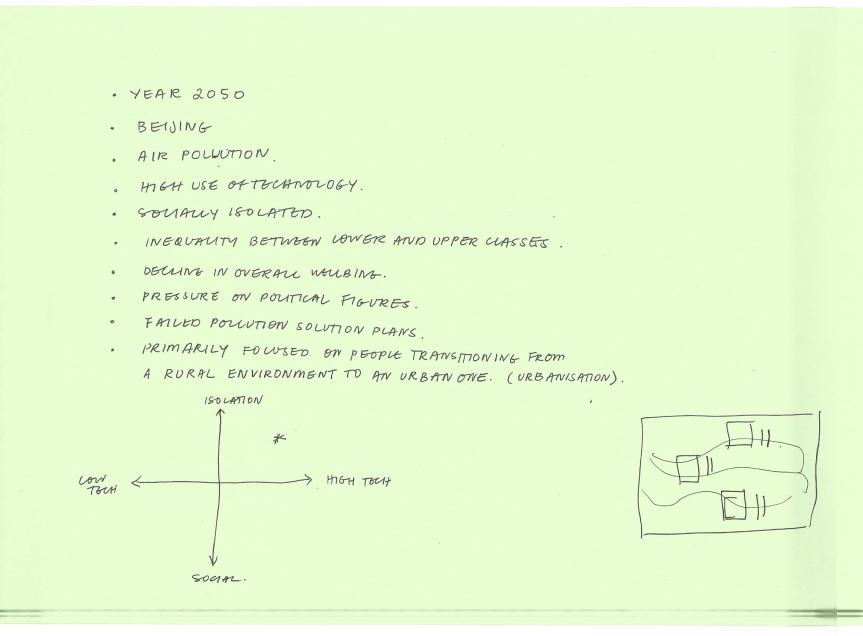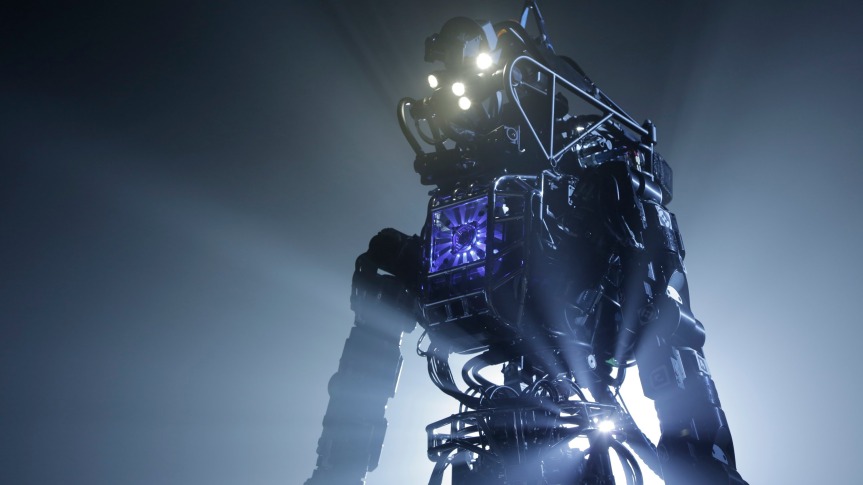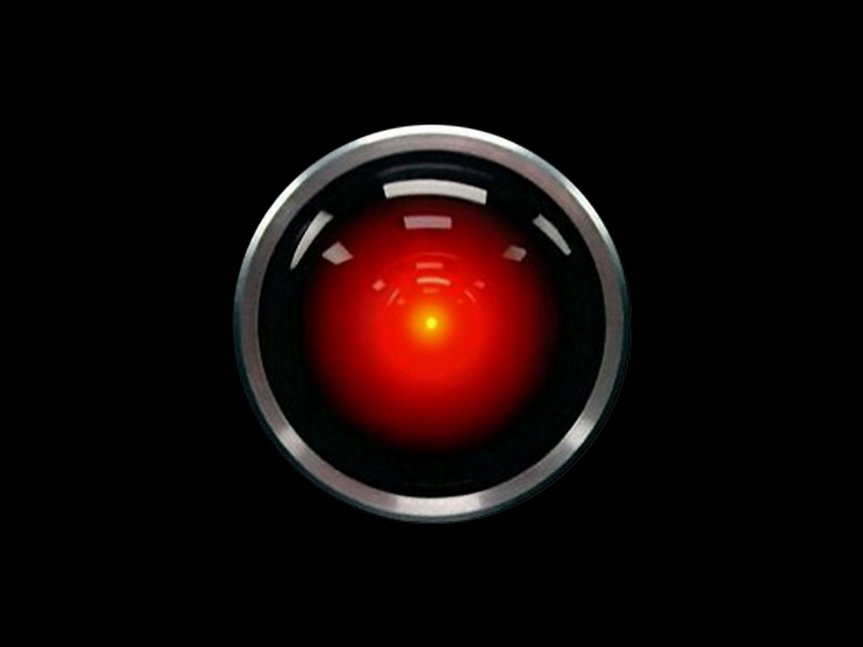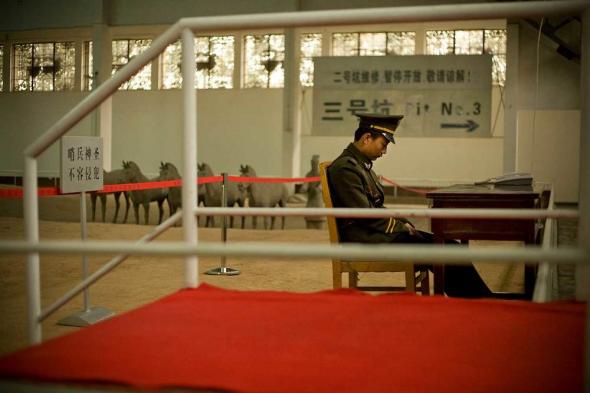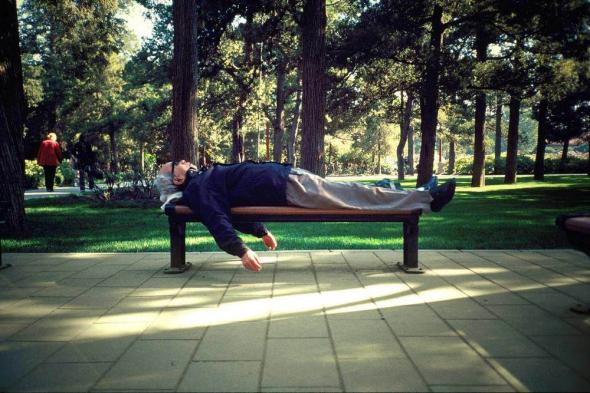Imbalance of wealth
Impacting social and economic issues between regions, urban and rural areas
Environmental
35% of total area hermed by acid rain
40% of rivers polluted
25% drink contaminated water
400/667 cities suffer from water shortage
35% of people living in the towns and cities breathe polluted air
32% of all hazardous solid waste treated
public health and long-term sustainable development seriously effected
Aging population
Since end of 2000, China has become an ageing nation
Result of one-child policy (1979) to control China’s booming population
Just over 10% population are elderly and believe median age will increase from 30 to 45 by 2050.
Scarce infrastructure and social services for the elderly with the young growing resentment towards their elderly relatives as they claim legal rights to protection and security
Employment
Heavily industrialised coastal areas experiencing employment shortange due to the recent years of ecstatic growth
Crime
Increase in corporate irregularity white-collar crime
Organised crime and corruption
Counterfeiting
Alleged fraud and scams
Urbanisation
More people moving into the city as government reduces its population distribution control, labour market development, population censorship methods and the accuracy of the population statistics.
Massive impact on social, welfare state, unemployment and environment
Rise of middle classes
100mil, 250mil and prediction of 700mil by 2020
Gender Imbalance
Male preference in children with deep cultural roots
Corruption
state officials enriching self through bloated government projects and theft
Communist Party’s internal disciplinary organ expelled former Deputy Party Secretary of Sichuan Province Li Chuncheng for suspected bribery and abuse of power
Censorship
Pro-government propaganda into news stories
Surveillance of email chat
Internet police force using firewalls to remove freedom of expression
Globalisation
Loss of tradition from foreign cultures
Education
Pressure to perform in highly competitive schools (Gaokao)
Rural-urban inequality
Poor funding and support for university research
Morality
Social competitiveness
Loss of culture
Excessive materialism
Regional elitism and discrimination
Cathy Luo

